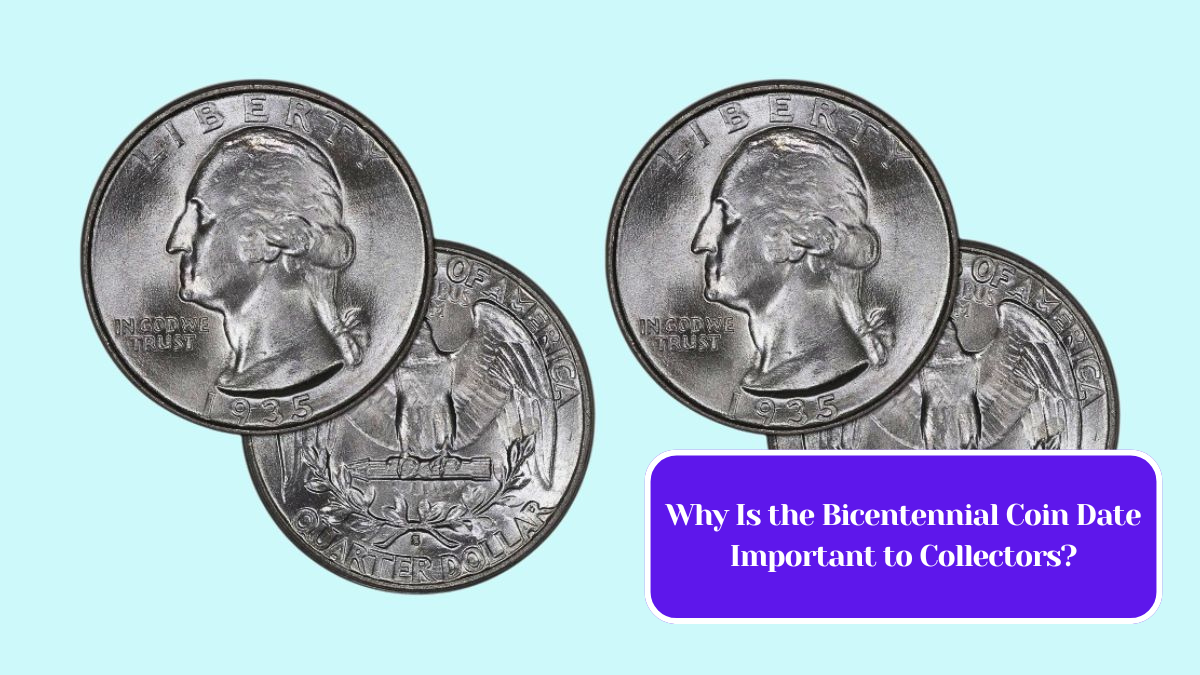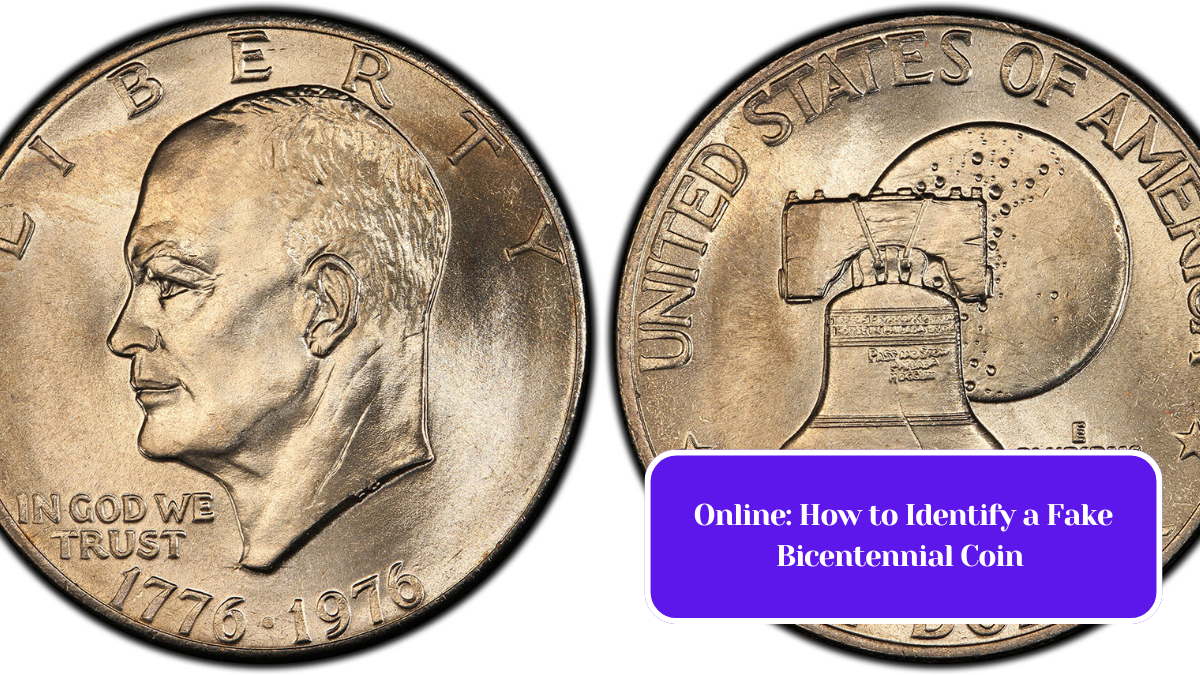When it comes to coin collecting, few series spark as much interest and intrigue as the United States Bicentennial coins. Released in 1975 and 1976 to celebrate the 200th anniversary of the Declaration of Independence, these coins are not just significant for their historical value; they also boast unique characteristics that make certain pieces particularly rare. One key factor contributing to their rarity is the mint mark. Let’s delve into the details of these mint marks and uncover their secrets.
Understanding Mint Marks
Mint marks are small letters inscribed on coins that indicate where they were produced. For the Bicentennial series, there are three primary mint marks to look for: “P” for Philadelphia, “D” for Denver, and “S” for San Francisco. Each mint produced different coins, and the location can significantly impact a coin’s rarity and value.
The Bicentennial Coins
The Bicentennial series includes the following coins:
- Quarter Dollar (25 cents)
- Half Dollar (50 cents)
- Dollar Coin (Eisenhower dollar)
Each coin features special designs to commemorate the occasion, with the reverse side showcasing the Liberty Bell and the moon.
The Rarity of Mint Marks
Philadelphia Mint (P)
While Philadelphia minted a large quantity of Bicentennial coins, they are generally not the rarest. The “P” mint mark was introduced in 1979, so the coins from this mint often lack the expected “P” that collectors seek. In the case of the Bicentennial series, these coins are more common and, consequently, less sought after.
Denver Mint (D)
Denver’s production of Bicentennial coins was substantial as well, but certain variations, particularly in the Eisenhower dollar, can be rarer. The Denver mint also produced a lesser-known “D” variety of the quarter that can fetch higher prices among collectors.
San Francisco Mint (S)
The San Francisco mint is where the rarity really shines. The “S” mint mark was used on coins that were primarily produced for collectors. The San Francisco mint created both uncirculated and proof versions of the Bicentennial coins. Among these, the proof coins are particularly sought after, especially the 1976-S Eisenhower dollar, which has a much lower mintage compared to its Philadelphia and Denver counterparts.
Key Rarity Indicators
- Mintage Numbers: Coins with lower production numbers tend to be more valuable. For example, the 1976-S proof Eisenhower dollar is significantly rarer than its counterparts.
- Condition: The state of the coin plays a vital role in its value. Coins that have been well-preserved and graded higher by professional services can command much higher prices.
- Demand: Collector interest can fluctuate, impacting prices. The San Francisco mint coins often attract higher demand, thus increasing their market value.
Collecting Tips
If you’re interested in collecting Bicentennial coins, here are some tips to enhance your collection:
- Look for Mint Marks: Always check the mint mark on the coins you acquire. The “S” mint mark can lead to surprisingly valuable pieces.
- Consider Condition: Pay attention to the coin’s condition and look for uncirculated or proof versions when possible.
- Research Mintage Figures: Familiarize yourself with the mintage figures to identify which coins are rarer and may have greater investment potential.
- Join Collecting Communities: Engaging with other collectors can provide insights, trading opportunities, and the latest market trends.
Mint marks on Bicentennial coins hold the key to understanding their rarity and value in the world of numismatics. As you dive into this fascinating area of collecting, remember to examine each coin carefully, consider its mint origin, and keep an eye out for the elusive “S” mint mark. Whether you’re a seasoned collector or a newcomer, the journey into the world of Bicentennial coins is sure to be rewarding, both historically and financially.












